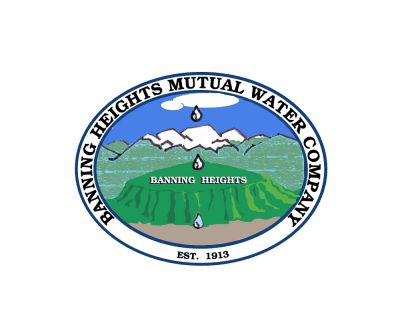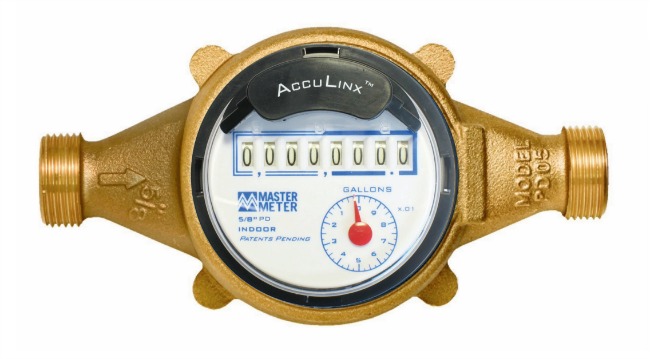The Banning Heights Mutual Water Company reads and inspects meters montly at the end of each billing cycle as close to 30 days from the previous cycle end, subject to weather or emergency issue delays.
For the convenience of our valued shareholders seeking to monitor their water comsumption or to identify potential leaks on their side, we offer the following guidelines for meter reading. We request that shareholders refrain from interfering or tampering with the company's meter or shut-off valve. Shareholders should have an emergency shut-off valve installed just past the meter on the "customer" side for their use.
If you suspect a water-related emergency, please contact us. We are here to assist you with the continued integrity of your water supply.
STEP 1 Locate your meter box, generally found towards the front of a property, near the street. The box is typically in a direct line with the main outside faucet. If it is housed in a concrete box, it will usually be marked "water", otherwise it may be unmarked. Remove the lid by using a tool such as a large screwdriver. Insert the tool into one of the holes and pry the lid off.
STEP 2 Once you open the meter box lid, lift the protective cap on the meter. On the face of the meter, there is a large dial and a display of numbers. For the residential meter, each rotation of the dial measures 10 gallons. Read the number display from left to right. Be sure to include the stationary zero. This is your meter reading. Meters measure water in gallons or cubic feet. Charges for the amount of water consumed are rounded to the nearest hundred cubic feet used during a billing period. Compare that reading to what your bill states as your current or present reading.
STEP 3 Keep in mind that you might be checking your meter on a date different from the one used for billing. This could result in a difference in the amount you find, compared with the amount on which your bill is based. However, if your reading is considerably higher than what is on your bill, check for a leak or try to determine the source of large water use. If your reading is significantly lower than the reading on your bill, please contact us and let us assist you in determining the problem.


 Our Meters
Our Meters